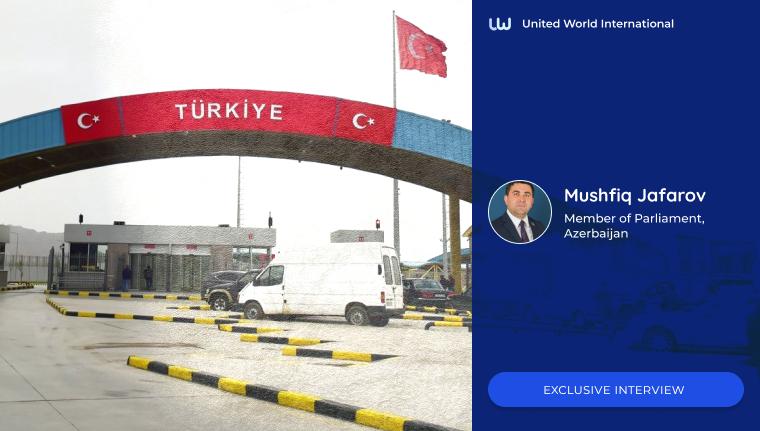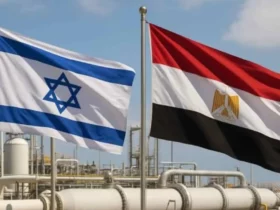With new opportunities and prospects for strengthening the Middle Corridor.
With new opportunities and prospects for strengthening the Middle Corridor.
By Tehran Tapdigov, from Baku / Azerbaijan
Armenia is lifting the restrictions previously imposed on the transit of cargo in the direction of Azerbaijan.
Prime Minister Nikol Pashinyan stated this during discussions of the 2026 state budget draft in the Parliamentary Committee on Financial, Credit, and Budgetary Affairs.
Pashinyan noted that this decision is a reciprocal step taken in response to the statement by Azerbaijani President Ilham Aliyev regarding the removal of similar restrictions for Armenia.
“This marks the first stage in lifting the blockade of Armenia. However, it is important that we also take reciprocal steps. Starting today, we are ready to ensure the transit of cargo trucks traveling from Türkiye to Azerbaijan and in the opposite direction. The route will be as follows: Margara – Yeghegnadzor – Sisian – Goris,” Pashinyan said.
Responding to our questions, Azerbaijani MP Mushfig Jafarov stated that Armenia should have signed a peace agreement after the heavy defeat it suffered in the 44-day Patriotic War. For many years, due to its occupation policy, Armenia isolated itself and became the most economically backward country in the region. To overcome this situation, it must abandon its unfounded claims against Azerbaijan and make decisions in favor of peace:
“Currently, a significant portion of the peace treaty text between Azerbaijan and Armenia — approximately 80 percent — has been agreed upon. If the Armenian government demonstrates political will, the signing of the peace agreement in the near future is possible. For years, as a result of its occupation policy, Armenia remained outside regional communication and transit corridors. Azerbaijan’s removal of all transit restrictions imposed since the occupation will allow Armenia to integrate into regional energy and communication projects. Connecting to energy corridors through Azerbaijan and Türkiye — and potentially to green energy routes in the future — will strengthen Armenia’s currently limited energy security.”
The new route will provide Armenia with direct access to both European and Asian markets. This means that existing trade routes will now also be open to Armenia, eliminating its dependence on Georgia and Russia as its only gateways to the outside world.
“Another important aspect is the expansion of trade and export opportunities. Particularly for agricultural products and light and heavy industrial goods, access to Azerbaijani, Turkish, European, and Central Asian markets will become easier and more cost-effective. Reduced transportation costs will increase the competitiveness of products and strengthen export potential. Open communication links can transform Armenia from a closed economy into a transit country. This may attract new foreign investment in logistics, warehousing, transportation services, and even tourism.”
In any case, Azerbaijan’s unilateral lifting of transit restrictions toward Armenia reflects Azerbaijan’s intention to create a practical environment of peace even before the formal peace agreement is signed.
“This decision also opens new opportunities and prospects for strengthening the Middle Corridor in the region. Until now, the East-West corridor mainly relied on Azerbaijan through the Baku-Tbilisi-Kars railway and access to Europe via Georgia. Despite Armenia’s attempts, it had long remained outside these processes. Now, Armenia eases its regional isolation at Azerbaijan’s initiative, while new avenues for economic and trade cooperation are created in the region. Additionally, removing transit restrictions for Armenia encourages Armenia to take a more active role toward the prompt opening of the Zangezur Corridor.”

















Leave a Reply